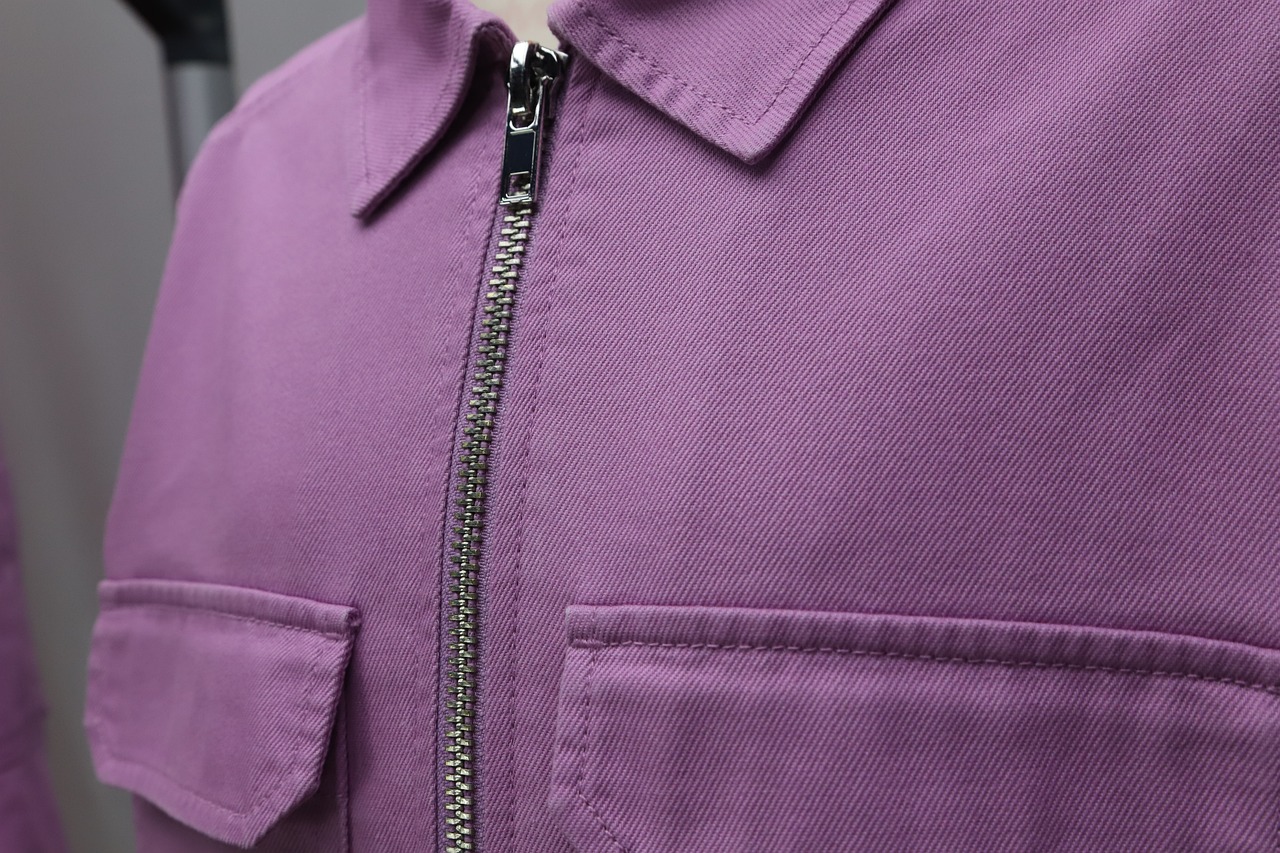The Evolution of Fashion Retail Spaces: From Brick-and-Mortar to Virtual Stores: Goldbet6, Tigerexch, Betbook247 app
goldbet6, tigerexch, betbook247 app: The fashion retail industry has undergone a significant transformation over the past few decades, evolving from traditional brick-and-mortar stores to modern virtual stores. This evolution has been driven by advances in technology, changes in consumer behavior, and the rise of e-commerce.
The traditional brick-and-mortar store has long been the cornerstone of fashion retail, providing customers with a physical space to browse and purchase products. However, with the advent of the internet, online shopping has become increasingly popular, leading to a shift in the way people shop for clothing and accessories.
As technology has advanced, retailers have embraced the digital landscape, creating virtual stores that offer customers a unique shopping experience. These virtual stores allow consumers to browse through products, try on clothing using virtual fitting rooms, and make purchases from the comfort of their own homes.
One of the key advantages of virtual stores is their convenience. Customers can shop at any time of day or night, from anywhere in the world, with just a few clicks of a button. This convenience has made online shopping a popular choice for busy consumers who don’t have the time to visit physical stores.
Virtual stores also offer a wider selection of products than traditional brick-and-mortar stores. With no physical space constraints, retailers can showcase a vast range of clothing and accessories, catering to a diverse range of tastes and styles. This variety allows customers to find unique and exclusive items that may not be available in their local stores.
In addition to convenience and variety, virtual stores also provide a more personalized shopping experience. Many online retailers use data analytics and artificial intelligence to track customer preferences and offer tailored recommendations. This personalized approach helps customers find the perfect items for their individual style and size, increasing customer satisfaction and loyalty.
Despite the numerous benefits of virtual stores, brick-and-mortar stores still hold a place in the fashion retail industry. Many customers prefer the tactile experience of shopping in a physical store, where they can touch and try on products before making a purchase. Physical stores also offer a social aspect, allowing customers to interact with sales associates and other shoppers, creating a sense of community and connection.
To stay competitive in today’s market, many retailers are adopting an omnichannel approach, combining both physical and virtual storefronts to provide customers with a seamless shopping experience. This omnichannel strategy allows customers to browse and purchase products online, while also having the option to visit a physical store for in-person shopping and returns.
Overall, the evolution of fashion retail spaces from brick-and-mortar to virtual stores has revolutionized the way people shop for clothing and accessories. With advances in technology and changes in consumer behavior, retailers are adapting to meet the demands of an increasingly digital world. Whether shopping online or in-store, customers now have more options than ever before to find the perfect fashion pieces to express their unique style.
FAQs
Q: Are virtual stores replacing brick-and-mortar stores?
A: While virtual stores are becoming increasingly popular, brick-and-mortar stores still play a vital role in the fashion retail industry. Many retailers are adopting an omnichannel approach, combining both physical and virtual storefronts to provide customers with a seamless shopping experience.
Q: How do virtual stores offer a personalized shopping experience?
A: Virtual stores use data analytics and artificial intelligence to track customer preferences and offer tailored recommendations. This personalized approach helps customers find the perfect items for their individual style and size.
Q: What are the benefits of shopping online?
A: Shopping online offers convenience, a wide variety of products, and a personalized shopping experience. Customers can shop at any time, from anywhere, and find unique and exclusive items that may not be available in physical stores.







